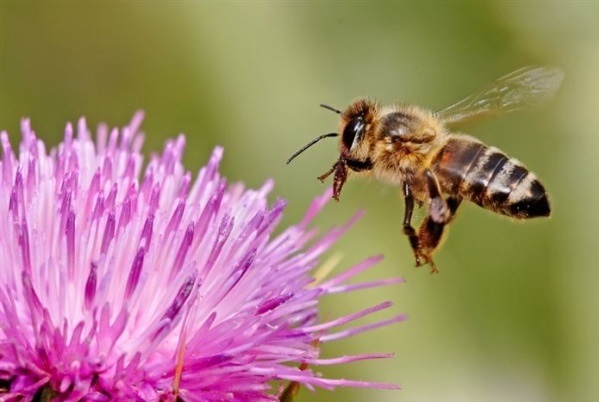Sweeter than honey
28 January 2017Why is it that when it comes to drinking nectar, bees make it sweeter than butterflies or hummingbirds? It has to do with whether the insect dips a tongue into the nector or sucks the liquid up.
Sweet nectar is naturally thicker and apparently the bees’ dainty approach is the best for harvesting the most viscous of nectars, is also the most efficient according to American mathematicians who published their results in the Proceedings of the National Academy of Sciences of the United States of America.

It’s a speed thing that bees have developed over the 150 million years that they have been harvesting nectar and making honey.
According to Dr. Wonjung Kim, the lead author of the report, “Nectar feeders, such as birds, bats, and insects, must eat rapidly due to the threat of predation during feeding. Although the sweetest nectar provides the most calories, it is also viscous and difficult to transport.”
The mathematical model developed by the authors described both the dipping and sucking behaviors of nectar feeders and compared the two. Findings suggest suction feeders optimally feed at nectar which is 30-40% sugar while dip feeders prefer a mixture from 20-30% even higher in sugar content than sucking feeders.
This helps us describe why honeybees typically pollinate the sweetest flowers and in so doing describes the patterns of why certain plants are arranged across various ecosystems over millennia and may have encouraged different species of plants by their behavior.
One question remains. Which was first? The nectar or the bee?






